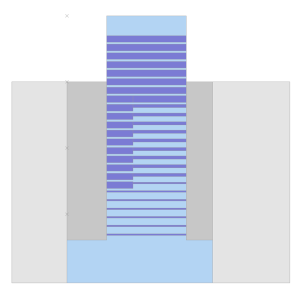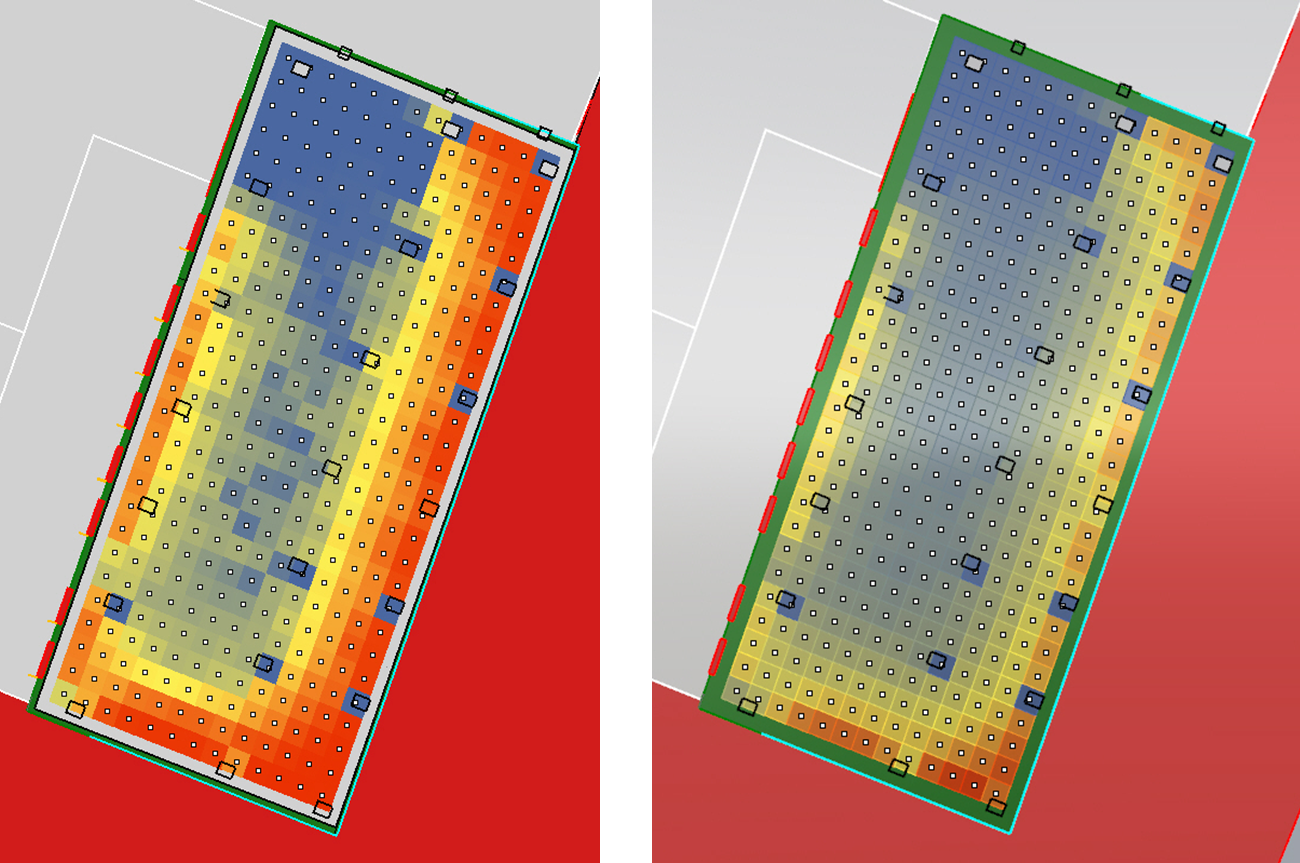Dark Side of Daylighting

Daylighting is the controlled harvesting, redirection, and distribution of sun and ambient (sky) light to building interiors. Using daylighting can reduce energy consumption, bolster occupant productivity, and improve a building’s resiliency to extreme weather events. However, designers should consider daylighting’s “dark sides” or consequences as part of a holistic design.

Optimizing Daylighting
 Lighting energy comprises 30% of a typical commercial building’s energy use and is therefore a longstanding target of code regulators. Each new edition brings reductions in allowable lighting power density, forcing designers to consider and design for daylighting to minimize reliance on electrically powered lights.
Lighting energy comprises 30% of a typical commercial building’s energy use and is therefore a longstanding target of code regulators. Each new edition brings reductions in allowable lighting power density, forcing designers to consider and design for daylighting to minimize reliance on electrically powered lights.
Daylighting is governed by informed design thinking about the sun’s relationship to the site, the building’s orientation, aperture size and placement, interior space height and depth, and material selections. Recent advances in glazing, coatings, reflective materials, shading, vertical, and horizontal deep daylight penetration systems have pushed useable daylight beyond its 2.5x-the-window-head height limits. Improved lighting, ballast design, and daylighting controls further the energy and building cost savings.
Generally, there are three tools used to successfully optimize daylighting:
- Rules of thumb for early design and planning of simple spaces
- Architectural models for complex spaces, special daylighting challenges, and design presentations
- Simulations to accurately, comprehensively, and iteratively account for external context, building orientation, complex geometry, window-to-wall ratio, shading, interior walls and furniture, lighting and controls, and for conformance with various codes and standards

Daylighting and Resilience
During blackout events, occupants in buildings with significant daylighting are better able to evacuate or function, if they need to shelter in place. By raising window and ceiling heights and using reflective materials combined with low/no partitions, open office plans, and modest daylighting floor plate depth, daylighting pushes further into the core, particularly to exit stair areas.

Despite many challenges, the new codes forcefully push daylight as an important part of the sustainable enterprise, and designs that successfully employ daylighting strategies will be an important part of the industry’s future.
Dark Sides: Reflections and Shadows
Modern facades, often comprised of glass or a combination of glass and reflective metal panels, are designed to reflect solar radiation. These reflective materials can impose unintended and unwanted results, such as:
- Solar gains on neighboring buildings
- Adding to the urban heat island effect
- Unwanted glare in occupied spaces in surrounding buildings, forcing the deployment of visual comfort shades and reducing usable daylight

Unanticipated reflections from an adjacent building. Photo by David Norris.
A holistic design should consider the consequences of reflections. By employing reflective and/or absorptive building surfaces, designers can control the impact their facade may have on adjacent structures. Alternatively, targeted building reflections, designed into the building form and envelope materials, can be used to produce positive solar and daylighting gains in the public domain.
In urban environments, daylight designs can be affected by factors outside of the designer’s control. Adjacent construction can shadow pre-existing buildings from anticipated daylighting. Simulations of the surrounding neighborhood can help predict possible impacts, but it is never a sure thing.
While these “dark sides” of daylighting are important considerations, they likely will not significantly alter building designs until building codes and standards address them.
Daylighting and Energy Codes
Codes and standards attempt to address the energy benefits from good daylighting balanced with envelope heat gains and losses. Despite many challenges, the new codes forcefully push daylight as an important part of the sustainable enterprise, and designs that successfully employ daylighting strategies will be an important part of the industry’s future.
This topic brief is co-authored by Cheryl Saldanha of Simpson Gumpertz & Heger and Davidson Norris of Carpenter Norris Consulting.